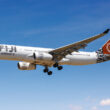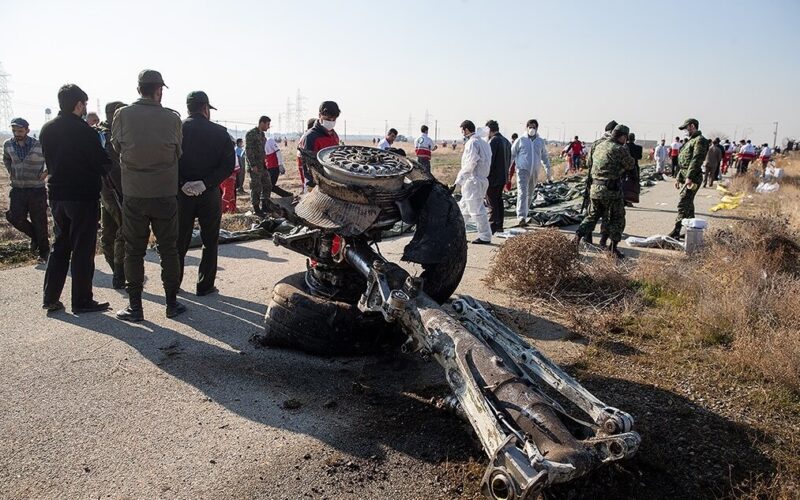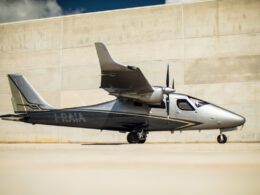A day after the crash of a Ukraine International flight in Tehran that killed 176 people, hypotheses start to emerge regarding the cause. However, given the current political climate, the investigation could prove complicated.
In a press conference following the catastrophe, Ukraine International Airlines (UIA) says pilot mistake “improbable”. “Given the pilots’ experience, it is very difficult to say that the accident could be related to them,“ VP Operations Igor Sosnovsky, yet adding that Tehran airport was complex, and that UIA has been using it for years to evaluate the reaction of its flight crew when facing an emergency.
After they refused to hand the flight data recorders to the U.S. National Transport Bureau (NTSB), the Iranian authorities have yet to take a decision on the agency that will be in charge of extracting the data. The assistance from the French BEA (already in charge of extracting the Ethiopian Airlines Boeing 737 MAX data) or the Russian MAK could be requested. The Iran Civil Aviation Organization (CAO) published an “initial report” in which it says that while the devices were successfully recovered, they both present damages from the crash and the ensuing fire. “The main memory part of both devices is available,” it says, “but physical damage is visible.” Despite their refusal to hand the flight recorders, they formally invited the NTSB to participate in the investigation. However, sanctions on the Islamic country may prevent the U.S. authorities to cooperate.
The missile hypothesis
A photo supposed to show missile debris found at the crash site has been circulating on social networks presented as munition from a Tor-M1 antiaircraft system. While nothing proves its authenticity yet, Ukrainian investigators that met for the first time on January 9, 2020, with their Iranian counterparts said they wanted to inspect the crash sites for more possible debris of the Russian-made missile.
The presence of projectile holes on the fuselage, reminiscent of the ones seen on the MH17 wreckage, has been heavily reported.
There is imagery showing projectile holes in the fuselage and a wing section. pic.twitter.com/gm0NbVzYsn
— JACDEC (@JacdecNew) January 8, 2020
While it would be coherent with the shrapnel damage of a surface-to-air missile, it could also be the result of an uncontained engine failure. On the morning of April 17, 2018, a Southwest Boeing 737-700, powered by two CFM56-7B turbofan engines, suffered an uncontained engine failure during the climbing phase. The resulting debris from the inlet and fan cowl pierced the 737’s wing and fuselage, shattering one of the plane’s windows and causing rapid cabin depressurization. The incident led to the death of a passenger who was partially sucked out of the window.
Other theories, such as a technical malfunction or a terrorist act, are being evaluated. Zeev Sarig, former managing director of Ben-Gurion Airport (TLV), Israel, told RIA Novosti that “a bomb on board that runs on a timer or on a barometer sensor, exploding when the plane reaches a certain height” could be a possibility. Qassem Biniaz, a representative of the Iranian Ministry of Roads and Urban Development, told the official IRNA news agency that the plane crash could be due to an engine fire.











